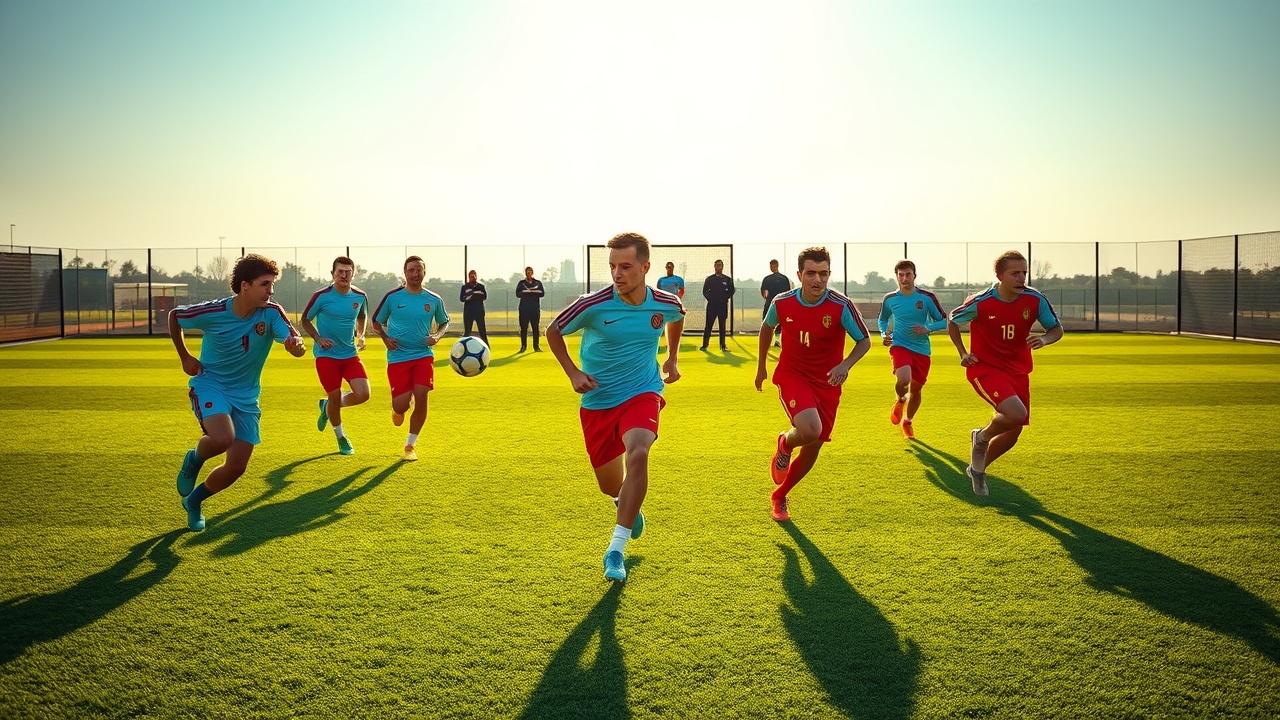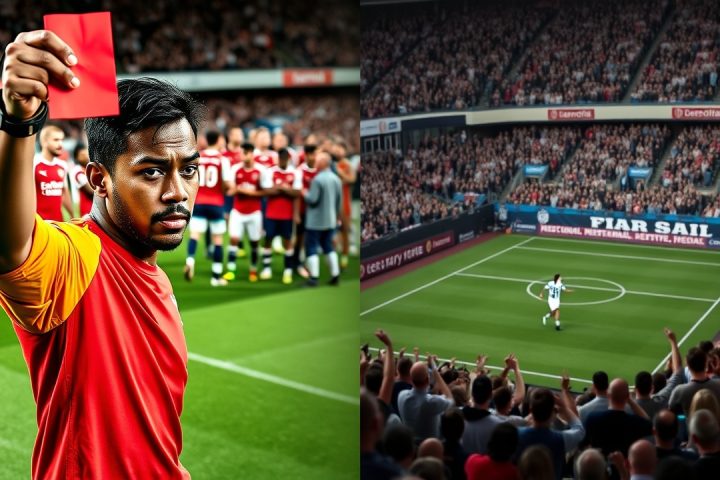Transformation of Belgian Football
In the picturesque setting of Tubize, Belgium, the football facility stands as a testament to a remarkable transformation in Belgian football, largely thanks to the efforts of Bob Browaeys, a pivotal figure in shaping the national team’s evolution. With a friendly demeanor and a wealth of experience as a former goalkeeper, the 56-year-old Browaeys embodies the spirit of change that propelled the once struggling national team from a dismal 71st in FIFA rankings to the pinnacle of international football in less than ten years.
Philosophy and Vision
Notably, Browaeys aims to instill a culture of intricate football that emphasizes skill and ball possession.
“We seek 100 percent possession on the pitch,”
he states, illustrating his vision where the team prioritizes attacking play against powerful rivals like England and technical masters like Spain. This philosophy promotes a proactive approach, encouraging defenders to venture into attacking spaces—a stark contrast to the previously defensive style of play ingrained in Belgian football culture.
Historical Context and Development
Browaeys’s journey with the Belgian Football Association (FA) began in 1999, coinciding with a period of despair following the national team’s early exits in major tournaments, including a disappointing group stage exit in the co-hosted UEFA Euro 2000. The scene was dire, sparking Browaeys and his colleagues to reimagine the football framework for a nation straddling two distinct cultures—Dutch-speaking Flanders and French-speaking Wallonia.
This unique duality inspired a synthesis of ideas from elite football development models like Ajax’s Cruyffian approach and the French Clairefontaine academy, as the Belgian FA aimed to cultivate a distinctive identity in football. Focused on creativity rather than brute strength, their goal was to train intelligent players adept at exploiting space, thereby embracing a progressive ethos that fostered skillful, smaller players instead of towering athletes—mirroring the emergence of greats like Lionel Messi and Xavi.
Training Methodologies
Training methodologies evolved significantly, with a notable emphasis on the 4-3-3 formation that has become synonymous with Belgian football. Browaeys and his team instilled this formation across all youth levels, cultivating a new generation of players who excel at one-on-one situations, honed through small-sided games designed to spark creativity and encourage continual practice of dribbling and passing.
The restructuring of training formats included a stepwise approach to matches—from five-a-side to eight-a-side, culminating in full 11-a-side encounters—ensuring young talent engaged in meaningful, skill-development sessions devoid of overly competitive pressures early in their careers. Players like Eden Hazard, Leandro Trossard, and Jeremy Doku benefited immensely from this innovative training style.
Supporting Late Bloomers
Not only did Browaeys’s strategies focus on young players’ immediate performance, but they also recognized the needs of late bloomers like Dries Mertens, who developed physically later than his peers but ultimately emerged as a key player. The Future Project initiative formed in 2008 further catered to late developers, allowing talented players to train together and prepare for future success despite early physical disadvantages.
Browaeys recalls the excitement aroused by promising talents like Thibaut Courtois, whose potential was fostered through dedicated practice at specialized sports schools. The significant investments in these high-performance academies across Belgium allow for a consistent supply of talented players, leading to a rich footballing culture that thrives on resilience and skill.
The Golden Generation and Future Prospects
Belgium’s rise in football is characterized by collective effort, with consistent performances culminating in the emergence of a so-called “golden generation”. Players born between 1986 and 1992, including notable names like Kompany and Lukaku, took the national team to unprecedented heights while the footballing philosophy took root within the youth infrastructure.
However, despite unearthing abundant talent, this golden generation faced heartbreak in major tournaments, illustrating the complexities of pressure in international play. Continuous analysis post each competition enables Browaeys and his colleagues to refine their strategies, informing the next steps in the footballing journey of Belgium.
Today, as the spotlight shifts to new prospects like Charles De Ketelaere and young stars in Browaeys’s under-17 squad, a new wave of talent eagerly anticipates the challenges of professional football. Browaeys’s ongoing commitment to fostering the most challenging elements of the game suggests that the Belgian FA is poised to sustain its trajectory of excellence in the coming generations.




